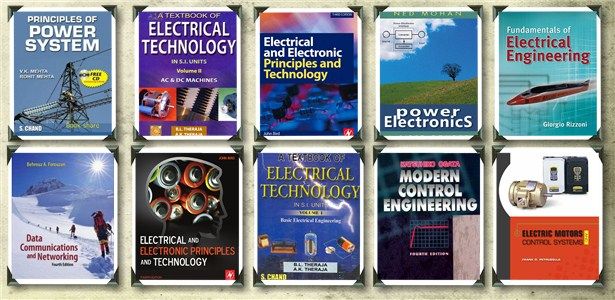Functions of Substation Equipments:
Sl. No.
|
Equipment
|
Function
|
|
|
Bus-Bar
|
Incoming & outgoing circuits Connected to bus-bar
|
|
|
Circuit
Breaker
|
Automatic switching during normal
or abnormal conditions
|
|
|
Isolators
|
Disconnection under no-load
condition for safety, isolation and maintenance.
|
|
|
Earthing
switch
|
To discharge the voltage on deadlines
to earth
|
|
|
Current
Transformer
|
To step-down currents for
measurement, control & protection
|
|
|
Voltage
Transformer
|
To step-down voltages for
measurement, control & protection
|
|
|
Lightning
Arrester
|
To discharge lightning over
voltages and switching over voltages to earth
|
|
|
Shunt
reactor
|
To control over voltages by providing
reactive power compensation
|
|
|
Neutral-Grounding
resistor
|
To limit earth fault current
|
|
|
Coupling
capacitor
|
To provide connection between high
voltage line & PLCC equipment
|
|
|
Line
–Trap
|
To prevent high frequency signals
from entering other zones.
|
|
|
Shunt
capacitors
|
To provide compensations to reactive
loads of lagging power factors
|
|
|
Power
Transformer
|
To step-up or step-down the voltage
and transfer power from one a.c. voltage another a.c. voltage at the same frequency.
|
|
|
Series
Capacitor
|
Compensation of long lines.
|



















